At Nest Collaborative, we’re passionate about breastfeeding. We want to help as many parents and babies to benefit from it as possible. Early childhood nutrition. The bonding and emotional development. The lifelong health benefits.
Breastfeeding is truly amazing. But that doesn’t mean it can’t be hard.
Sometimes, in fact, it can be really hard.
Yet we’ve seen time and time again how support, education, and evidence-based practices can make all the difference for a family in their breastfeeding journey. And while each parent and baby have their own path they’ll take, we see some common problems.
Cracked or bleeding nipples. Sore breast tissue. Sharp pain when your baby latches on.
Breastfeeding pain can come in many shapes, but the reality is that breastfeeding really shouldn’t hurt at all.
Really.
Breastfeeding is a different kind of experience for new parents, and, accordingly, you might need an adjustment period to the feeling. But beyond that, breastfeeding shouldn’t ever feel like anything besides a tugging, pulling sensation.
If you’re experiencing actual pain, it’s time to ask for help.
The causes for breastfeeding pain? They’re numerous. The most common culprit is when a baby doesn’t have a proper latch — a bad latch is often accompanied by nipple pain that occurs when your baby latches onto just your nipple instead of getting a wide, deep latch onto both your nipple and areola.
Bad latches are painful, yes, but they can cause other problems:
The silver lining is that latching is a learned skill. You absolutely can teach your baby how to latch well, even if they have issues like tongue or lip ties. It may take some practice, but getting this skill down will make your breastfeeding journey all the easier. (And more comfortable.)
Need help? An IBCLC can help you figure out the right latching techniques for you and your baby.
Bad latches aren’t the only reason for breastfeeding pain. Other culprits include:
Engorgement happens to lots of parents. It’s common in early breastfeeding when your transitional milk comes in. And it can happen later on if you miss a breastfeeding session or get a clogged duct or mastitis.
Whatever the cause, it will make you wonder how your breasts could ever feel so hard and uncomfortable? (And let’s not forget to mention the tight, itchy skin; elevated temperature; or swollen lymph nodes that can also accompany engorgement.)
But beyond the immediate physical discomfort, engorgement can set the stage for other breastfeeding problems. If left unaddressed, engorgement can lead to clogged ducts or mastitis. It can also reduce your milk supply — after all, breastfeeding is all about supply and demand. If you miss a breastfeeding session, that engorgement tells your breasts that that milk isn’t necessary after all.
The first step to avoiding engorgement is to nurse frequently — and to not miss sessions. And the best treatment for engorgement? Nursing or pumping.
But you can speed up relief by incorporating the following techniques into your nursing or pumping:
Nipple pain is one thing, but what about when a hard, tender — and maybe even HOT — spot shows up on your breast?
What’s going on with that?
When a hard, tender spot appears on your breast, the most likely culprit is a clogged duct.
Clogged ducts occur when one or more of your milk ducts has a milk blockage. This can be because you missed a nursing session, didn’t empty your breasts fully after nursing, or wore a top or bra that was too tight. (Sports bras can be a common culprit.)
Clogged ducts are uncomfortable enough on their own, but they can create additional problems, such as mastitis and a decrease in your milk supply if they aren’t resolved.
If you’ve already got a clogged duct, getting rid of it is a relatively manual process. What does that mean? Nursing. Nursing through a clogged duct can be painful, but it’s what keeps your milk flowing. And that flow of milk? It will help break up the clog.
If the clog is stubborn, you may try additional methods, such as:
You know a growing baby needs a lot to eat. You just didn’t think it was, well, quite THIS much. It all can make a parent wonder if their baby is getting enough milk in the first place.
But in all seriousness, worries about producing enough milk are really, really common among parents. This particularly goes for new parents who are breastfeeding for the first time. In fact, these concerns are so significant that they’re the top reason that parents decide to quit breastfeeding.
Why the concern, though? Why do parents think they aren’t making enough milk in the first place?
There are a few reasons we hear from parents, but most often, it’s because their baby is nursing constantly.
When babies nurse over and over (and over) again, especially in the first few months of their lives, parents worry that they must not be satisfied. However, just because your baby nurses frequently doesn’t mean he/she isn’t getting enough milk. Your baby could be cluster feeding, going through a growth spurt, or might simply need the comfort of nursing.
Remember, a baby needs to nurse 8-12 times a day on average. This amount can be more, though. And while it might seem like a lot, nursing frequently is how your baby keeps the breast milk coming.
How do you **know** that your baby is getting enough milk, though?
Take a deep breath. Give yourself a big hug. And then look at how your baby is doing–gaining weight along the curve (not compared to a cousin’s curve, or your neighbor’s baby’s curve), making enough wet and dirty diapers each day, seems happy, meeting milestones?
If so, your milk supply is likely fine. (And if you can’t shake the worry, reach out to an IBCLC for support.)
Maintaining your milk supply can feel like a balancing act, especially in the first few months of breastfeeding. But the more you settle into breastfeeding, the easier it will feel.
In the meantime, the key to keeping a robust milk supply is simple: breastfeed. The more milk you remove, the more milk your body will make. To this end, you should:
You may have heard other parents tell you that you’ll look back on these days as the best of your life. It’s true that breastfeeding is a special, one-of-a-kind experience for parents. There’s nothing quite like it.
But when you’re having a hard time, that’s really not that helpful.
Parents struggle with breastfeeding for lots of reasons. Sometimes the struggle comes from the problems we just covered, but those aren’t the only reasons. Maybe you’re feeling overwhelmed. Maybe you’re feeling isolated. Maybe you feel like the whole thing is supposed to be easier…but it’s not.
There’s zero shame in struggling with breastfeeding, or any other aspect of parenting for that matter. The real problem isn’t the struggle, but parents don’t feel like they can get the help they need to overcome the struggle.
Support. Community. Education. These things make a difference in how manageable breastfeeding — and parenting — can feel.
Get support by building a breastfeeding plan with your partner. Build a community by joining a breastfeeding group — whether locally or online. Enrich your breastfeeding knowledge through education because the more you know about how breastfeeding works, the better prepared you are to succeed.
And never be afraid to reach out for help. IBCLCs can help you figure out how to achieve your breastfeeding goals in a way that feels right for you.
Book a convenient online video appointment with a Nest Collaborative IBCLC today.
